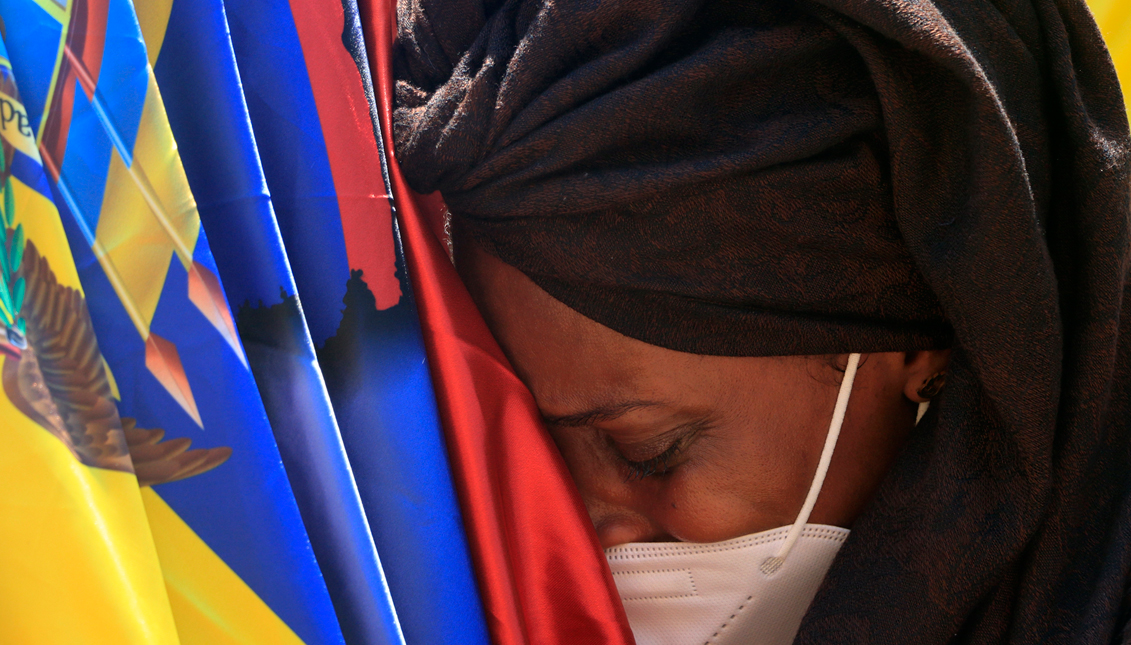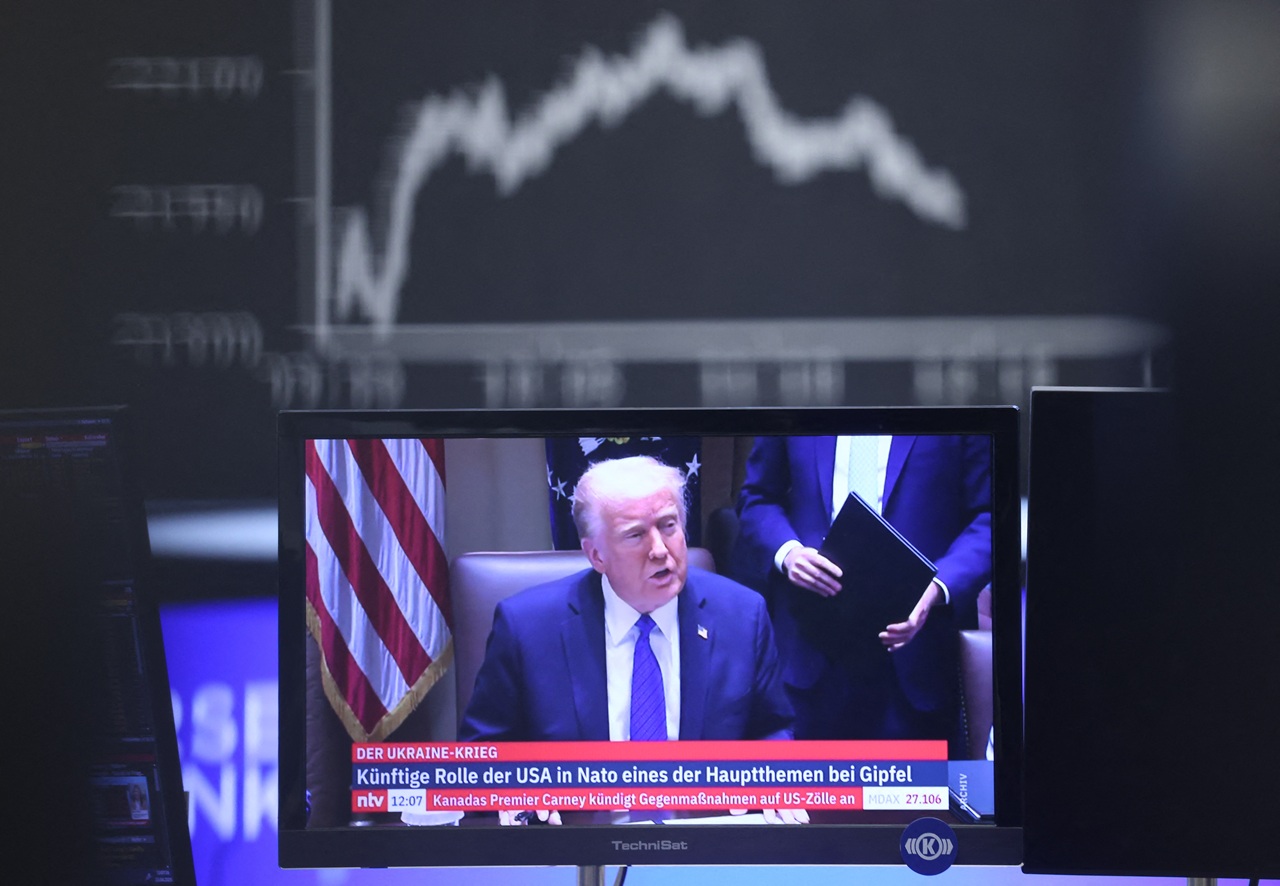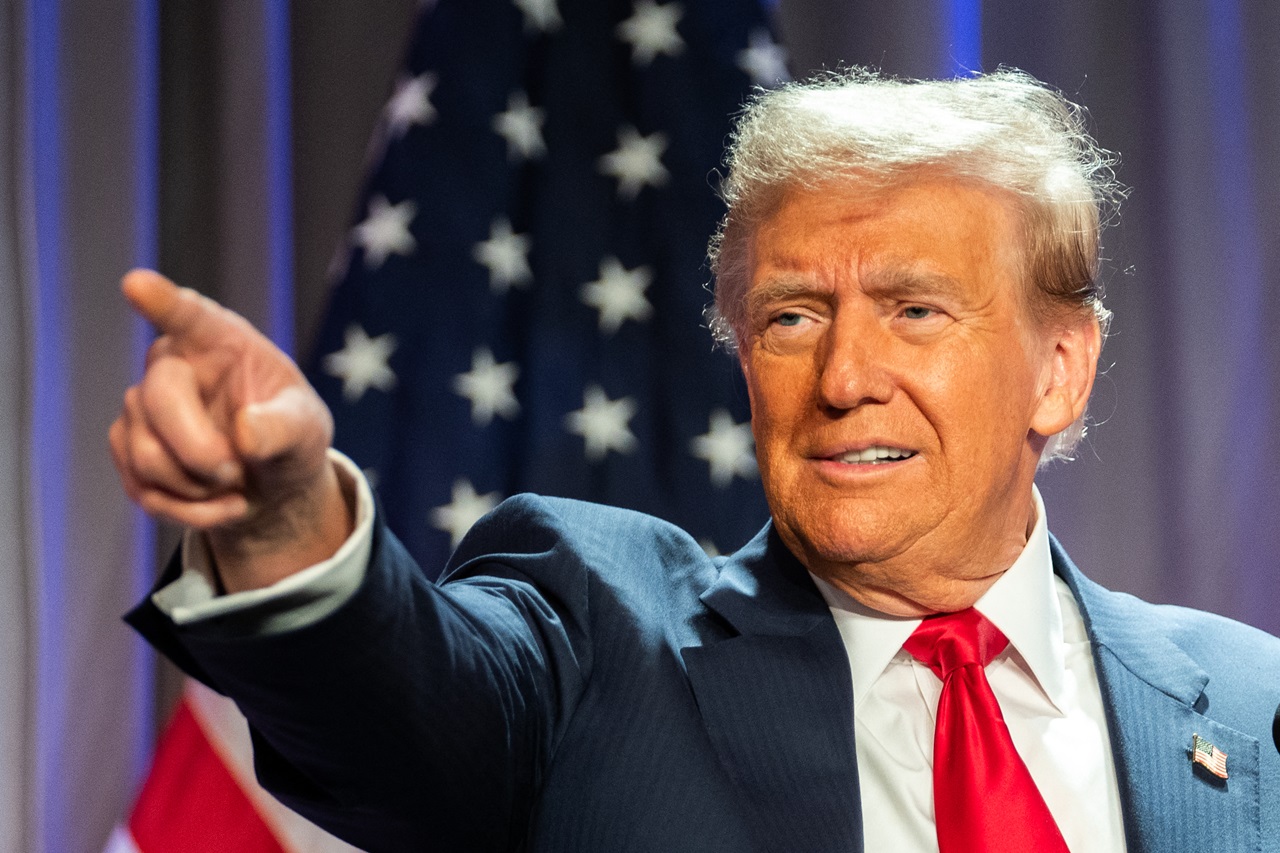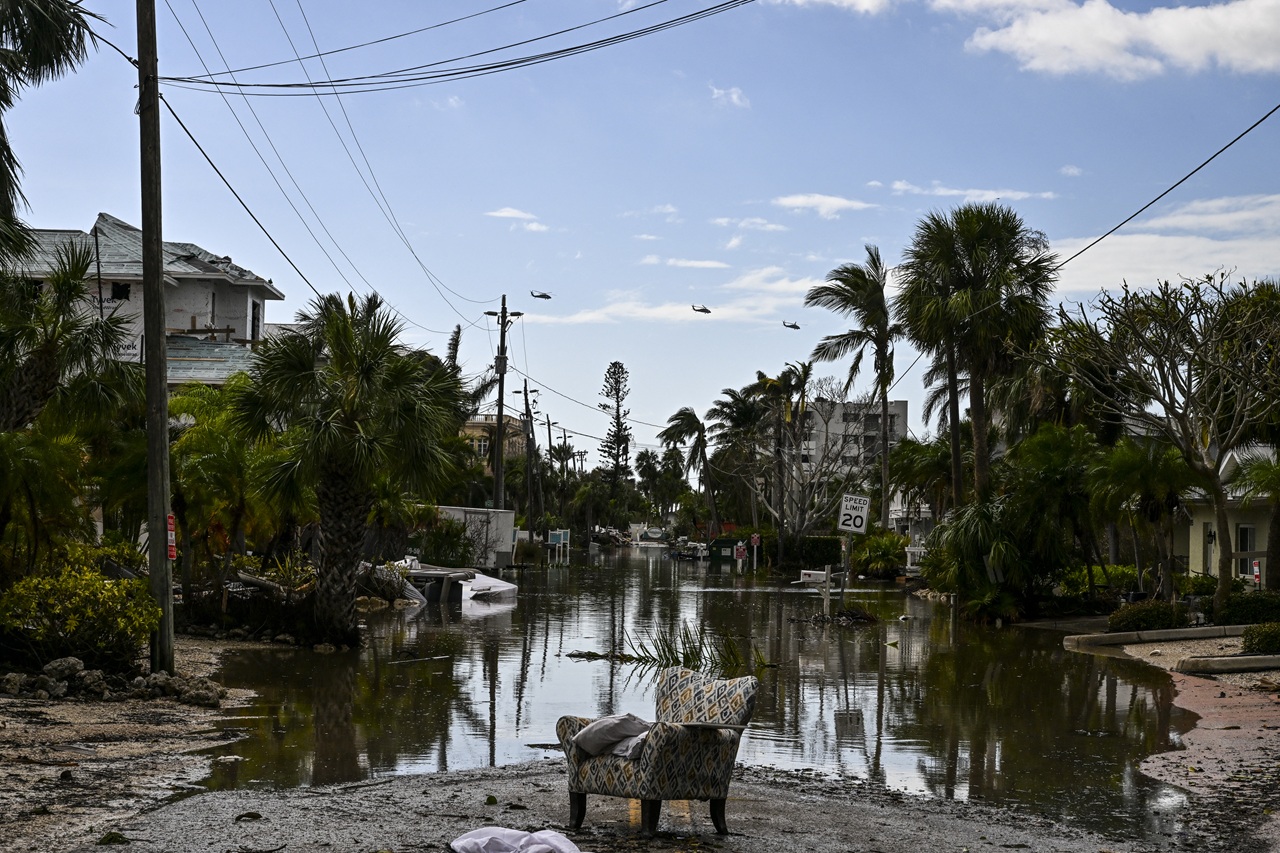
Colombia: What does the upside-down flag mean?
The act of flying the flag in reverse carries major symbolism. It is altering the main national flag to show disagreement.
Since April of this year, Colombians have been in the streets marching, demanding better living conditions, employment, education, more dignified living conditions, and a change in the social structure.
Amid the clamor in Colombia, a particular symbol has been raised: the upside-down flag. The yellow, blue, and red stripes became red, blue, and yellow. On July 20, Colombia's independence day, thousands of people returned to the streets with the flag upside-down as well.
As in most countries, people fly the flag in their homes on Independence Day. In Colombia, this year, amid social disagreements and the marches scheduled against the government on July 20, it was proposed on social media to wave the flag, but in reverse.
The movement began in May of this year, when protests and demonstrations in the streets of different cities left people dead and injured due to the intervention of ESMAD, the country's anti-riot police force.
Famous and common people filled their social media platforms with the hashtag #SOSColombia and the upside-down flag, posts on Instagram and Twitter, profile pictures, even viral messages explained it was a way to request the attention of the UN to the humanitarian crisis in the country.
Ante la situación en Colombia rechazo todo acto que viole los derechos humanos. Hago un llamado a LA NO VIOLENCIA y pido se valore y se respete el derecho a la manifestación pacífica. pic.twitter.com/IuFe7g9Hif
— Radamel Falcao (@FALCAO) May 4, 2021
“If the people want the ESMAD to be removed and the NGOs to arrive, the Colombian flag should go viral upside down. This is considered in the international letter of the United Nations as a request for help,” said the viral message.
There was such an uproar that the UN denied the information.
"The UN does not stipulate the rules of the vexillology of flags or intervene in semiotics," a United Nations Information Centers (CINU) speaker replied to CNN when asked about the issue.
Colombia can’t take this no more @CNN also in my Instagram accounts theres plenty videos of what’s going on right now !!! pic.twitter.com/XnF99aRSSH
— J BALVIN (@JBALVIN) May 4, 2021
The act of turning the flag upside down brings with it a great symbolism, it is altering the main national flag to show disagreement, even more so when the red color on the Colombian flag represents the blood spilled to achieve freedom and the yellow is relegated to the last place of the flag, which means the wealth (the gold) of these lands.
RELATED CONTENT
"The interpretation is that turning the flag upside down means that it is time to change, to transform the country because as it has been working it no longer serves the citizens," explained professor and internationalist Víctor de Currea-Lugo to Colombiacheck.
[node:field_slideshow]
Countries like Venezuela and the United States have also used the flag upside down to symbolize their disagreement with what is happening in their countries.
In Venezuela, the upside-down flag is already a symbol of the protests against the government of Nicolás Maduro.
In the United States, there have been two significant cases.
In 2017, the university professor, Vincent G. Barnes, decided to wave the flag upside down to demonstrate his dissatisfaction with the then president, Donald Trump.
"He has disrespected the intelligence and the basic goodness of Americans by repeatedly lying right into the camera," wrote Barnes in a letter to the Seattle Times.
Similarly, Stephen Siemsen hung the U.S. flag upside down at his home in California in protest after the assassination of George Floyd.











LEAVE A COMMENT: